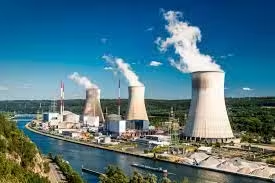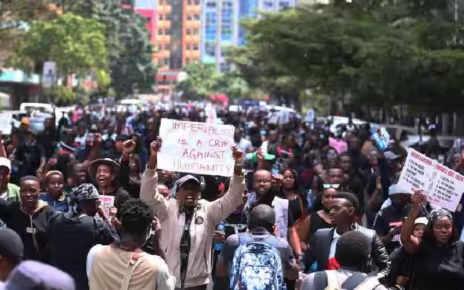Plans to build a KSh 500 Billion nuclear power plant have drawn mixed reactions from Kilifi residents. The plant expected to be located in Uyombo has drawn a sharp divide. Half of the residents welcome the project, citing economic gains, while the other half, are alert to the danger it poses to the people and the environment.
A thousand megawatts (1000MW) are expected to be generated by the Nuclear Power Plant by 2034. These will majorly cater to Kenya’s ever-soaring energy needs to spur industrial development.
Nuclear Plant Opposition from Kilifi
The proposals have however sparked a fierce opposition in Kilifi County. In a building by Mida Creek, a swampy bayou known for its birdlife and mangrove forests, more than a dozen conservation and rights groups meet regularly to discuss the proposed plant.
There’s already a lawsuit, filed in the environmental court, by Collins Sang and Cecilia Ndeti in July 2023. The suit that is acting for Kilifi residents, seeks to stop the nuclear plant. There’s a long-standing argument that the process is being rushed and the residents are not given ample time to understand the consequences of their choices. Some argue that it’s “illegal” and not following due process.
The public forum meetings are “selectively” conducted with a select few who nod to the project. Nuclear Power and Energy Agency (NUPEA) should desist from fixing anything on the proposed site up until safety laws and regulations that safeguard the Kilifi residents are in place.
NUPEA in its defence said the construction would not begin for years, that laws were under discussion, and that adequate public participation was being carried out. Hearings are continuing to take place.
Uyombo Madeteni B village elder Katsaka Kirao urged residents to consider the future and the next generation.
“Energy consumption in the country is growing. We must diversify production and ensure stable generation of clean energy,” said Kirao.
He faulted people who have been doing rounds misleading residents about the project.
“The problem is a group of people has been misinterpreting the information to residents. When we were first told about the project, we didn’t understand, so another group came in and told us that the project was bad and it would kill people. Because of this, it caused a lot of panic and people a negative perception of the project,” he explained.



